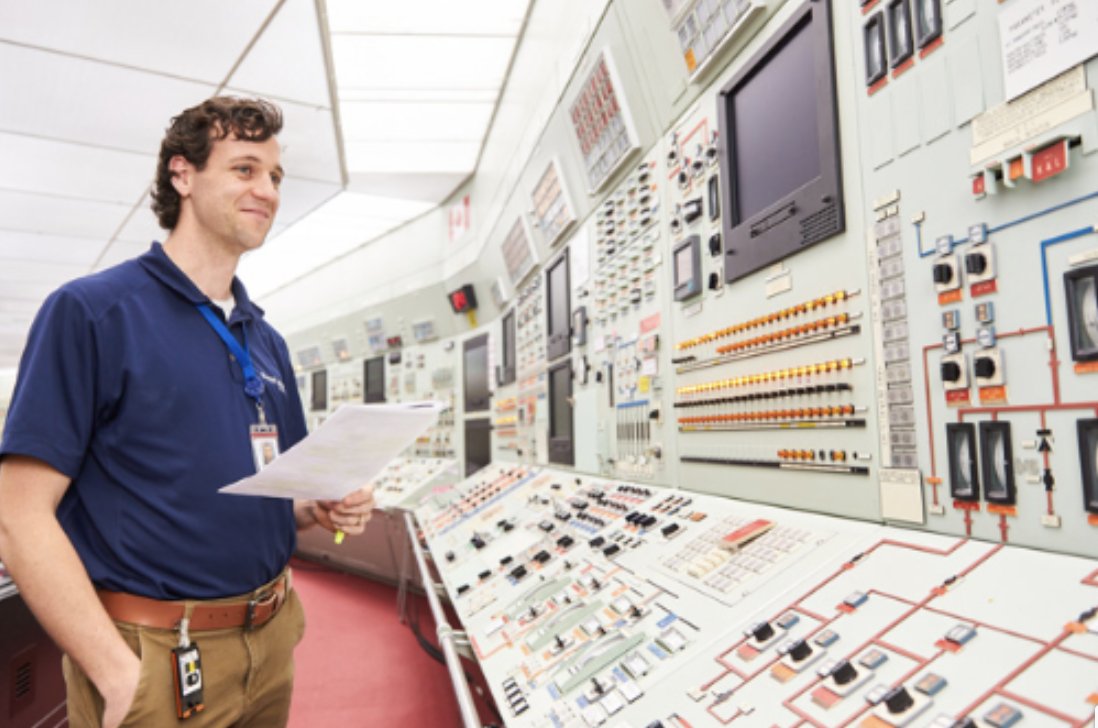
Thread: Dan Campbell was one of the workers who operated Nanticoke, North America's largest coal facility. He wasn't sure what to think about climate change & whether his workplace was contributing to childhood asthma or shortening the lives of Ontarians from air pollution 1/ 

He had worked hard to become very good at his job, enjoyed the challenge of his work and took pride in keeping the lights on across the province. 2/
Luckily when the Ontario government decided to shut down the #coal fleet, Dan, a highly skilled worker, had the opportunity to find work of similar caliber and pay operating a #nuclear reactor @Bruce_Power . 3/ 

He is proud to have contributed to eliminating smog days in Ontario and to have participated in North America's greatest greenhouse gas reduction as well as producing life saving #medicalisotopes. 4/ 

Nuclear energy, because of its made in Canada supply chain, concentration of high skilled #union labour and long term integration with the economies of thriving local communities offered Dan a #justtransition. 5/ 

#CANDU #nuclear’s 96% made in Canada supply chain from the uranium mines, fuel fabrication, heavy industry, operations and maintenance to spent fuel handling offers a vast array of high skills job opportunities to Canadian workers. 6/ 

This Canadian supply chain coupled with the high wages available in the sector leads to an unparalleled economic multiplier effect meaning that every dollar invested in #CANDU #nuclear generates $1.40 in GDP. 7/ 

If our government can set a cohesive evidence based industrial policy building off of CANDU and the Ontario coal phaseout we can have a credible #justtransition for Canadian fossil fuel workers which will drive decisive climate action with prosperity across the whole country. 8/ 

@PWUConnects @SPEACanada @boilermakernews @TheSocietySays @cdntrades @TheOCI @CanadaNuclear @CharlieAngusNDP @CanadiansEnergy @NA_YGN_CA @gamma_susie @viraniarif @PamDamoff @j_maloney @fsorbara @SeamusORegan @ctochor @LarryMaguireMP @fordnation @AndreaHorwath @StevenDelDuca
• • •
Missing some Tweet in this thread? You can try to
force a refresh










